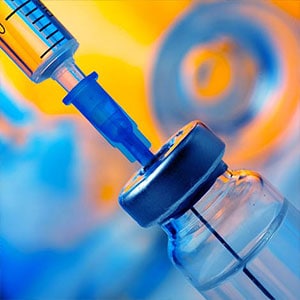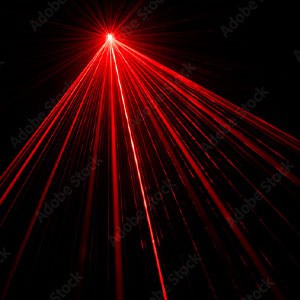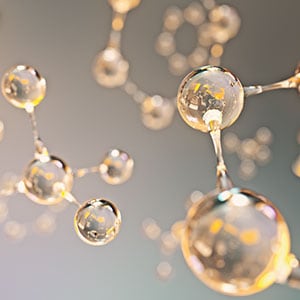
Particle Counting in Injectable Solutions
Requirements stated in USP <788>, EP 5.1 and JP 17 demand that injectable solutions are effectively monitored for microcontamination, specifically non-soluble particulates. Potential sources of particle contamination include the manufacturing environment, personnel, and packaging components. In this blog, we examine the history of particulate control in injectables and counting solutions that meet standards set by pharmacopoeias.


